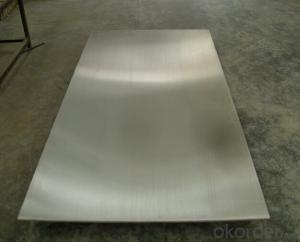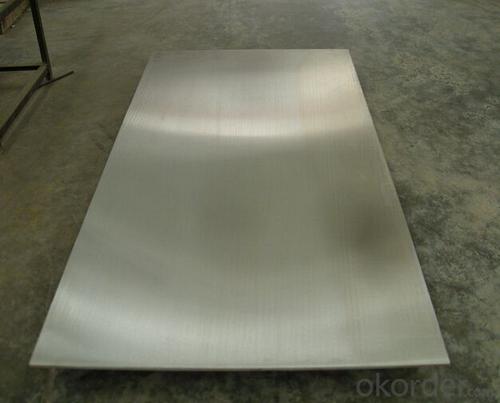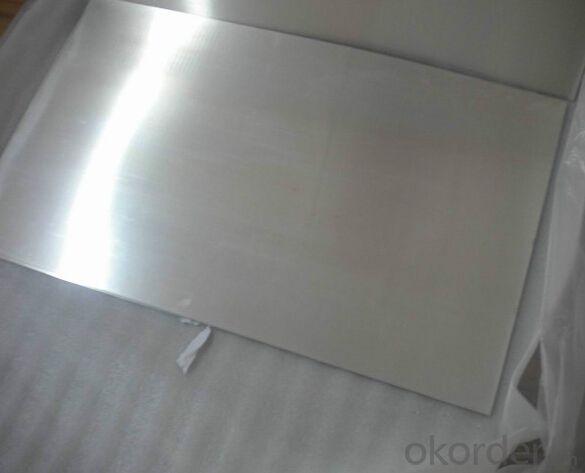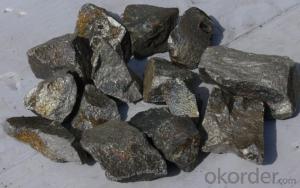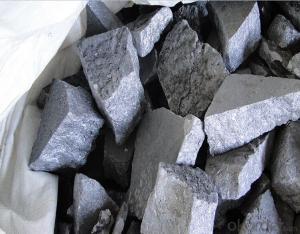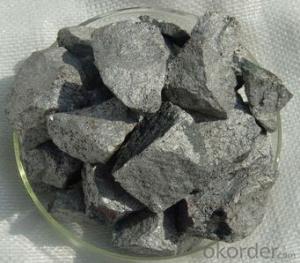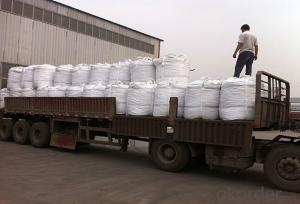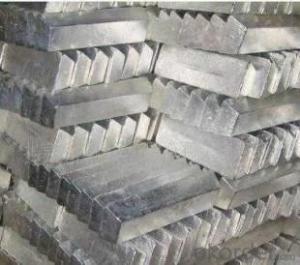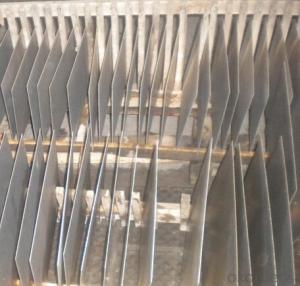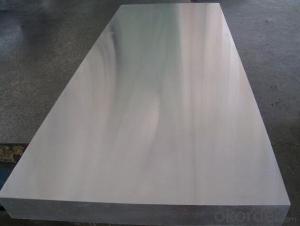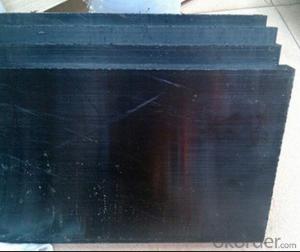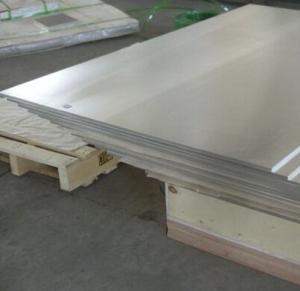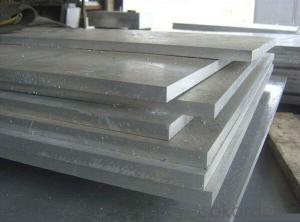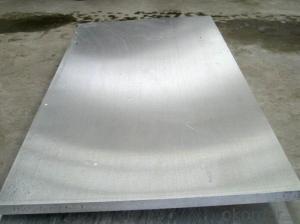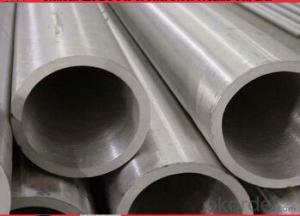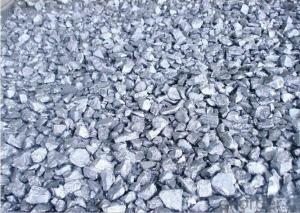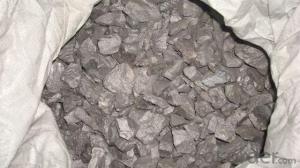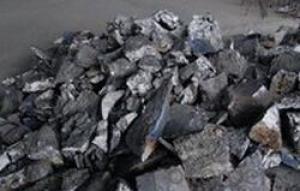Magnesium Alloy Plate/Sheet AZ31 AZ61 AZ91
- Loading Port:
- Tianjin
- Payment Terms:
- TT OR LC
- Min Order Qty:
- 100 m²
- Supply Capability:
- 10000 m²/month
OKorder Service Pledge
OKorder Financial Service
You Might Also Like
1.Application of Magnesium Alloy Plate/Sheet AZ31 AZ61 AZ91:
- Aerospace, defense and satellite applications where weight reduction is critical
- Electronic components where shock absorbing qualities are crucial
- Automotive/Motor sports applications where weight reduction and strength are required
- Mechanical vibration shakers for test fixtures
2.Advantage of Magnesium Alloy Plate/Sheet AZ31 AZ61 AZ91:
- Magnesium is the lightest industrial metal in the world
- One third lighter than aluminum
- Magnesium is as strong as aluminum
- Magnesium is shock absorbing and dampens vibrations
- Magnesium is very machinable
- We supply AZ31, AZ61, AZ80, and ZK60 Alloys, among others
3.Mechanical Property of Magnesium Alloy Plate/Sheet AZ31 AZ61 AZ91:
Alloy and Temper | Thickness (mm) | Yield Strength 0.2% offset (MPa) | Tensile strength (MPa) | Elongation In 5.65 √A (%) |
AZ31B-O | 0.35 – 1.5 | 125 | 221 | 10 |
1.5 – 6.3 | 105 | 221 | 9 | |
6.3 - 75 | 105 | 221 | 8 | |
AZ31B-H24 | 0.5 – 6.3 | 200 | 269 | 5 |
6.3 -9.5 | 179 | 262 | 7 | |
9.5 – 12.7 | 165 | 255 | 8 | |
12.7 - 25 | 152 | 248 | 8 | |
25- 50 | 138 | 234 | 6 | |
50 - 80 | 124 | 234 | 7 | |
AZ31B-H26 | 6.3 - 10 | 186 | 269 | 6 |
10 – 12.5 | 179 | 262 | 6 | |
12.5 - 20 | 172 | 255 | 5 | |
20 – 25 | 159 | 255 | 5 | |
25 - 40 | 152 | 241 | 5 | |
40 - 50 | 148 | 241 | 5 |
4.Picture of Magnesium Alloy Plate/Sheet AZ31 AZ61 AZ91:

5.FAQ
We have organized several common questions for our clients,may help you sincerely:
①How about your Warranty?
Warranty: 1-Year for the whole light. Warranty is based on correct storage, installation, using and maintenanc
②How to guarantee the quality of the products?
We have established the international advanced quality management system,every link from raw material to final product we have strict quality test;We resolutely put an end to unqualified products flowing into the market. At the same time, we will provide necessary follow-up service assurance.
③How long can we receive the product after purchase?
In the purchase of product within three working days, We will arrange the factory delivery as soon as possible. The pecific time of receiving is related to the state and position of customers.Commonly 7 to 10 working days can be served.
- Q: hard alloy ball tooth, sand making machine, high quality and inexpensive alloy (*^__^*)I am now in great demand of cemented carbide rods, hard alloy blade, hard alloy ball tooth, sand making machine alloy strip, the old customers are not do, now I want to find a long-term cooperation partners, we have not recommended ~ ~ ~ thank you pull
- Hello, I'm from Zhuzhou CREE cemented carbide Co., Ltd.We are specializing in the production of various specifications of hard alloy, Zhuzhou cemented carbide, Zhuzhou hard alloy, sand making machine alloy strip, hard alloy ball tooth, carbide blade, hard alloy bars, welding blade, milling cutter, long and thin; manufacturers selling cheaper price; all kinds of hard alloy, Zhuzhou cemented carbide, Zhuzhou hard alloy sand making machine alloy, hard alloy ball tooth, carbide blade, hard alloy bars, welding blade, milling cutter, long and thin, everything, quality assurance; welcome you to come to the consultation, to serve you is our honor.
- Q: Now on the market scrap carbide blade (YG8 milling cutter) how much is one kilogram?
- Now on the market scrap carbide blade about 100 yuan / kg, depending on the alloy composition, trading area and fixed.Cemented carbide is a kind of alloy material made by powder metallurgy process of hard metal and bonding metal of refractory metal.
- Q: What are the cemented carbides?
- General tungsten cobalt alloy is mainly applicable to: carbide cutting tools, molds and mineral products. Carbide cutting toolTungsten, titanium and cobalt carbideThe main components are tungsten carbide, titanium carbide (TiC) and cobalt. The grade by "YT" ("hard ti" Pinyin prefix) and the average content of titanium carbide.
- Q: What is the difference between hard alloy and steel
- Tungsten carbide hard alloy belongs to, but not necessarily tungsten steel, now Taiwan and Southeast Asian countries customers love to use the word if they talk with tungsten, carefully into the deep, we will find that most of us. Or to the hard alloy and tungsten steel the difference is: also called hard alloy tool steel or high speed steel, tungsten steel is the raw material for smelting molten steel in steelmaking process for adding tungsten as a, also called high speed steel or tool steel, the tungsten content in 15-25%, The hard alloy is used; powder metallurgy of tungsten carbide as subject and cobalt or other metal bonded together and sintered, the tungsten content of more than 80% in general. Simply put all the hardness more than HRC65 as long as things go can be called cemented carbide alloyIs a kind of tungsten carbide hardness between HRC85 and 92, is often used as a knife
- Q: Welding hard alloy cutter, hard alloy cutter, high speed steel, ceramic knife head head are what are the advantages and shortcomings?
- Advantages of carbide drills:1. can be used for drilling more complex materials, you can choose a higher cutting speed.2., selection of alloy drill special high-performance alloy blade, effectively reduce the avalanche knife, and maintain good wear resistance.3. multi layer geometry cutting end blade improves discharge performance and maintains smaller cutting resistance.4., in addition to the commonly used right angle stem, there are a variety of handle type, suitable for a variety of drilling machines, drilling machine matching.Disadvantages of carbide drills:The advantages of carbide drill can drill more hard material, the disadvantage is to be good grinding, grinding is not good, easy to break the edge, two main cutting edge height and angle equivalent, it is best to use the grinding machine.
- Q: What does American standard cemented carbide grain size C mean?
- Therefore, their composition can change in a certain range (such as the composition of titanium carbide in TiC0.5 ~ TiC changes), chemical formula does not conform to the rules of valence. When the dissolved carbon content exceeds a certain limit (such as titanium carbide in Ti: C=1: 1), the lattice type will be changed, the original metal lattice metal lattice into another form, then the interstitial solid solution called interstitial compounds. Metal carbides, especially B, B, IV V VI B metal carbide melting point is above 3273K, the TAC hafnium carbide, respectively 4160K and 4150K, is the highest point currently know material. Most of the carbide hardness large, their microhardness is higher than 1800kg mm2 (micro hardness is hardness says one way for hard alloy and hard compound, microhardness 1800kg mm2 is equivalent to a diamond a Mohs hardness of 9). Many carbides are difficult to break down at high temperatures, and their antioxidant power is stronger than their constituent metals. Titanium carbide has the best thermal stability in all carbides, and is a very important metal type carbide. However, in an oxidizing atmosphere, all carbides are readily oxidized at high temperatures, which can be said to be a major weakness of carbides.
- Q: What is the heat treatment process of cemented carbide?
- Responsible for this, you said, carbide heat treatment is deceptive theory, try to eliminate the gap, improve the purity of the fly.
- Q: What is the relation between the number of teeth of carbide saw blades?
- 1., it is mainly used for longitudinal sawing of small diameter logs. According to the size of the pre adjustment, a plurality of sheets can be sawed off at one feed, which is widely used in the sawing process of the front path, small diameter and log sawing of blockboard and finger jointing factories. 2. compared with the band saw, the processing efficiency is high, the precision is high, the operation is simple and convenient, the technical requirement of the worker is not high, and the defects of low processing precision, low efficiency and high operation technical requirements of the band saw are compensated. What is the difference between the 1:40 tooth and the 60 tooth? Because of the small friction, the 40 teeth will save effort, and the noise will be small, but the 60 teeth will be cut more smoothly. A carpenter usually uses 40 teeth. The price is the same, ha ha. For small sounds, use thicker ones, but thin quality is better. The more the number of teeth, the more smooth the cut section. If your machine is stable, the sound will be smaller. What is the difference between the 2:30 wood cut saw blade and the 40 Tooth cut wood saw blade? Main: 1 cutting speed is different. 2 different gloss. The angle of the teeth of the 3 saw blade itself is different.
- Q: Hard alloy and cast iron join together, use temperature 150 degrees, what glue is better to use?
- Why use glue only? Recommend the use of welding, as welding tool is not the same as you can.
- Q: What does "YC20.1 carbide" brand mean?
- Quality solutionsSimply putZhuzhou diamond new standard welding carbide YC201, HRA91.8, 11.79g/cm3, 1400M
Send your message to us
Magnesium Alloy Plate/Sheet AZ31 AZ61 AZ91
- Loading Port:
- Tianjin
- Payment Terms:
- TT OR LC
- Min Order Qty:
- 100 m²
- Supply Capability:
- 10000 m²/month
OKorder Service Pledge
OKorder Financial Service
Similar products
Hot products
Hot Searches
Related keywords
